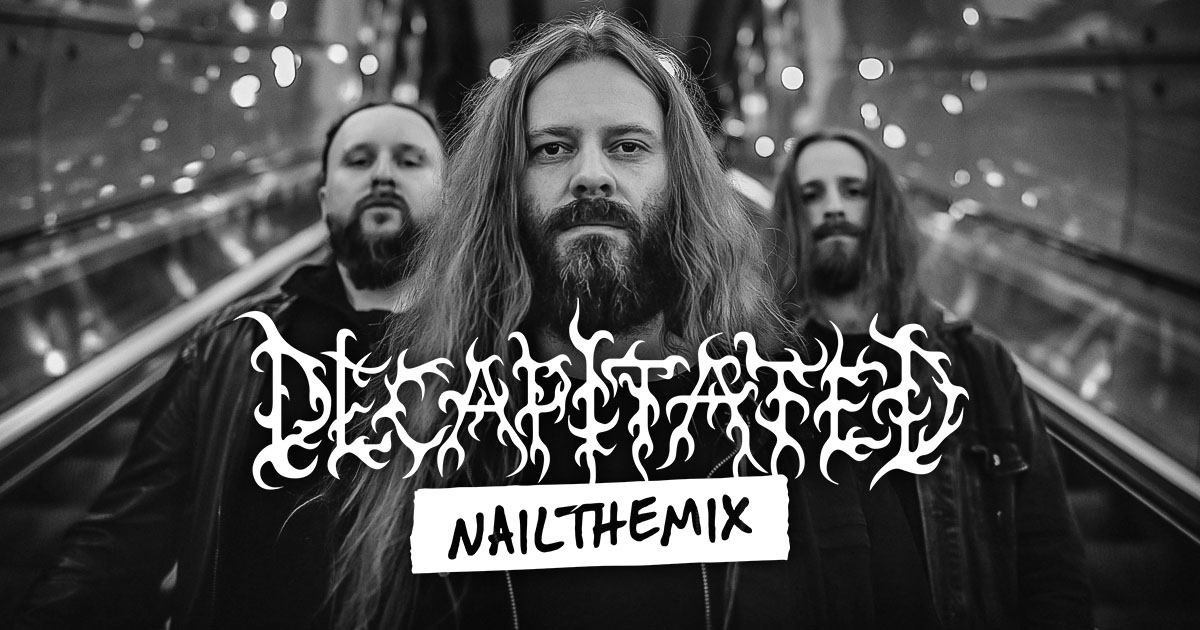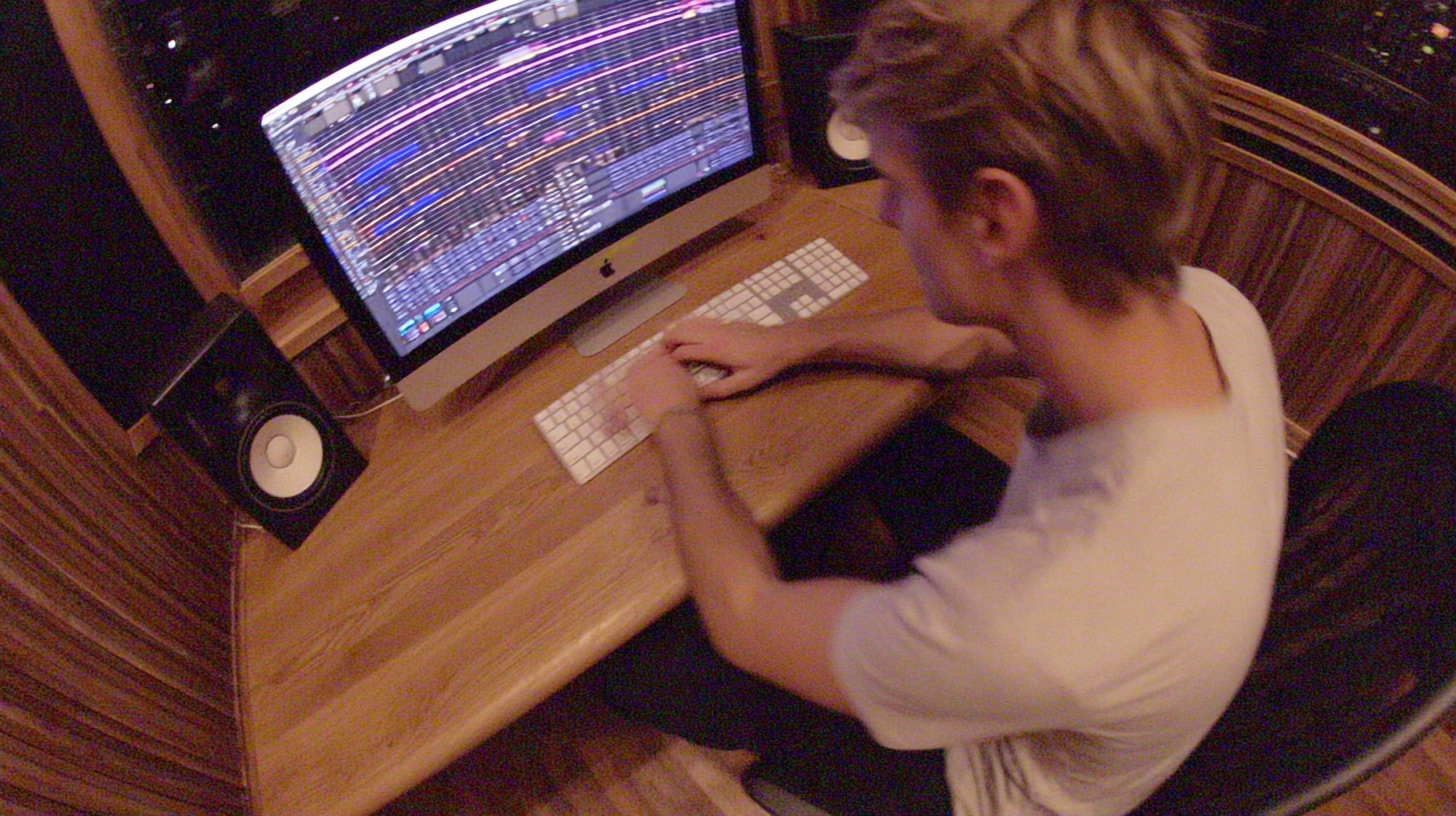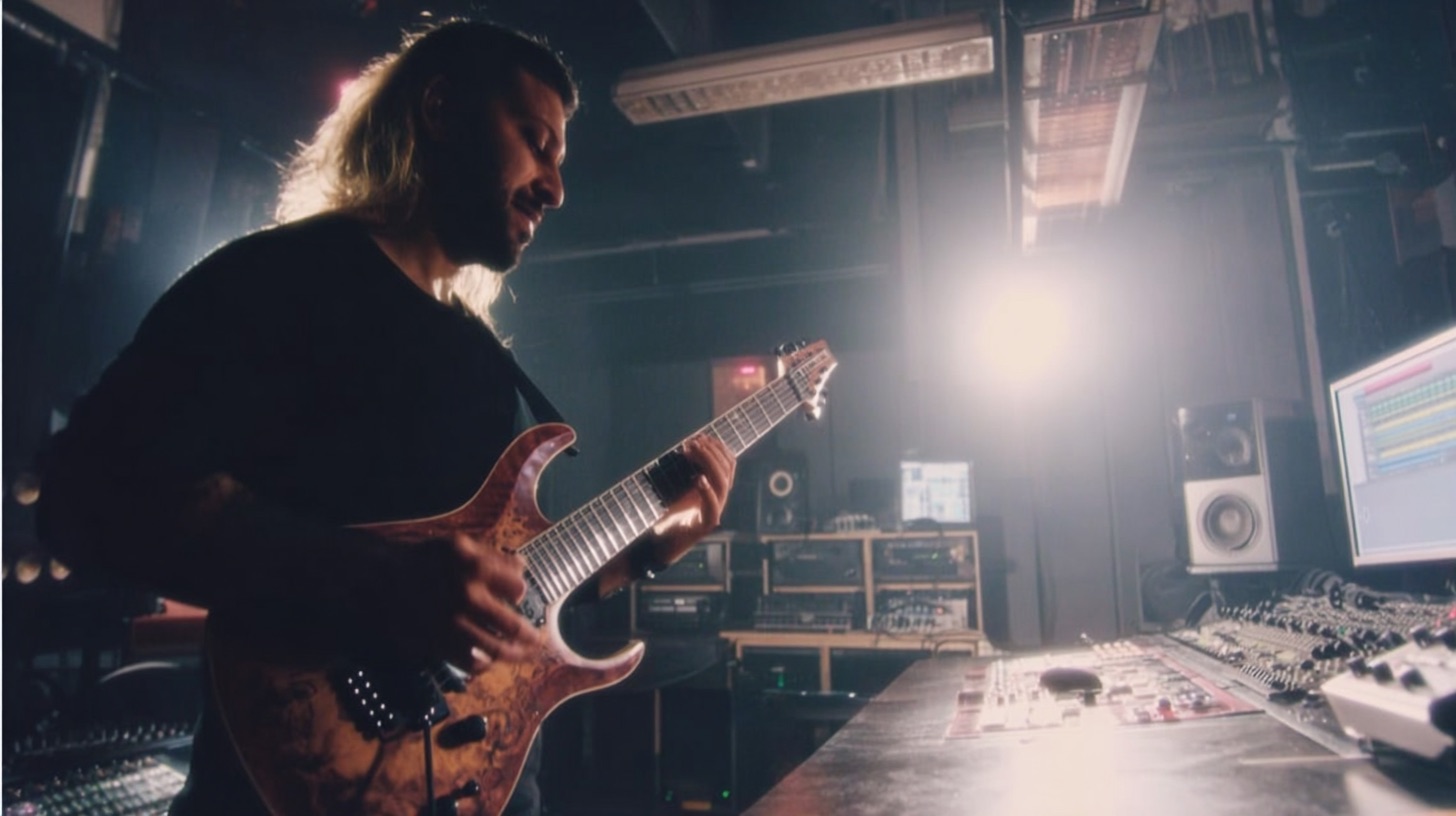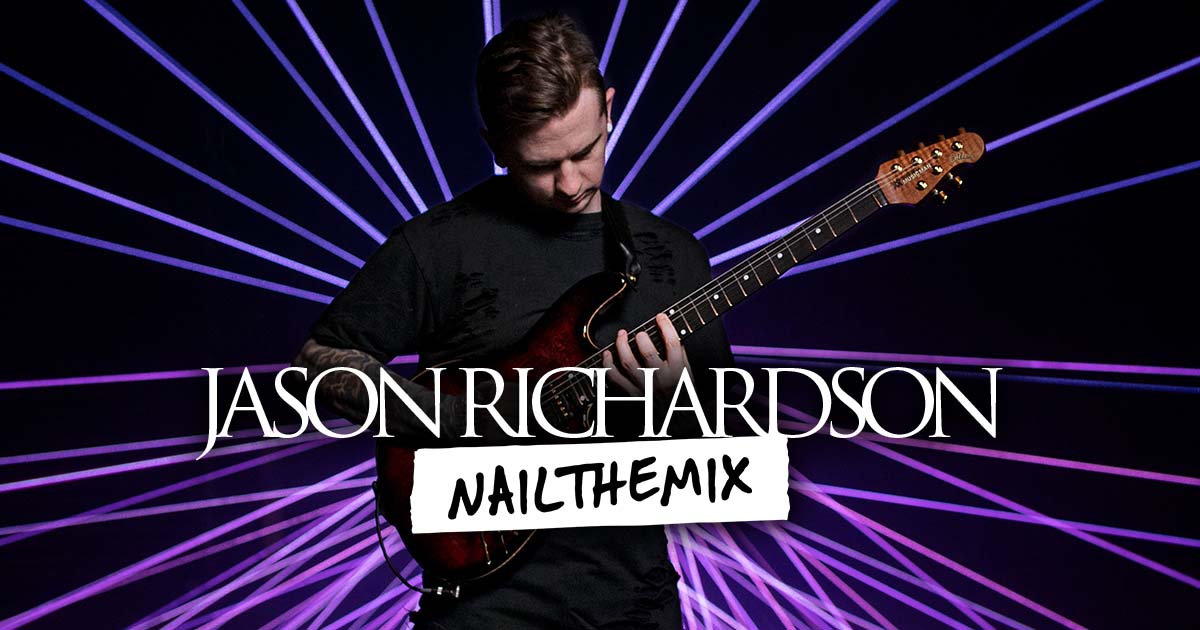
How David Castillo Mixes Decapitated’s Dangerous Guitar Tone
Nail The Mix Staff
Decapitated’s guitar tones are legendary. They’re a masterclass in controlled chaos—crushing, precise, and dangerously heavy. When you hear that sound, you know it’s them. But how do you capture that level of aggression and clarity in a mix?
We got a look inside a mix session with producer David Castillo, the man behind the board for Decapitated’s punishing sound. He broke down the powerful, and surprisingly creative, methods he uses to build these tones from the ground up. It’s a process that goes way beyond just picking a good amp and proves that a unique guitar sound is born from experimentation.
The Foundation: It Starts with the Player
First things first: you can’t fake a great performance. Castillo is quick to point out that working with a world-class rhythm player like Vogg from Decapitated makes all the difference. A player with incredible hands can make almost any amp sound awesome, and that precision and power at the source is the true foundation of any killer tone.
Even with a classic metal amp like a Peavey 5150 block letter, which is a go-to for countless records, the real magic comes from a combination of the performance and the unconventional mixing techniques that follow.
The Core Technique: Using Microphones as Your First EQ
This is where things get interesting. Instead of just setting up one mic and immediately reaching for a plugin like FabFilter Pro-Q 3, Castillo’s approach treats the micing stage itself as a form of equalization. He used two different cabinets, each with multiple microphones.
The philosophy is simple but powerful: view your microphones as individual EQ bands. By blending them, you can shape the core character of the guitar tone before any digital processing even begins.
Finding Your Foundation Mic
The process starts by finding a sonic anchor. Castillo solos each individual microphone to find the one that is the most appealing on its own. This mic becomes the foundation of the sound—the one with the core character he wants to build upon. In this session, it was a single mic that provided the main body and punch of the tone.
Blending for Tone and Taming Phase
Once the foundation mic is set, the others are slowly blended in. But they aren’t just added for volume; each mic is treated like an EQ control. One mic might add low-end chunk, another might bring in top-end bite, and a third might fill out the mids.
This method introduces new phase relationships between the microphones. While many engineers see phase issues as a problem to be fixed, Castillo embraces them as a creative tool. Fiddling with the levels of each mic cable creates unique phase interactions that both solve and create new sonic textures. By experimenting with these blends—a multi-mic blending technique he’s known for—you can create a truly unique guitar tone that you’d never achieve by simply EQing a single microphone. It’s an incredible way to dial in a custom sound that moves beyond the typical 5150 tone everyone else is using.
Surgical Carving & Bus Processing
With the raw tone sculpted through mic blending, the next stage moves into the DAW for more precise shaping and enhancement. The guitars—in this case, two pairs of quad-tracks—were routed to their own busses for group processing.
Adding Air and Taking it “Out of the Box”
One of the most impactful moves Castillo made was on the guitar bus. He added a significant high-frequency boost, giving the guitars a beautiful “air” that helped them leap out of the speakers. This isn’t just about making them brighter; it’s about adding a three-dimensional quality that takes the sound out of the digital box and gives it a professional sheen. It’s a bold move that can transform a good tone into a great one.
The “Hatred of Mids” and Surgical Notches
It wouldn’t be a modern metal mix without some serious EQ work. Castillo employed a few key strategies to get the Decapitated guitars to sit perfectly in the dense track.
- Taming Resonance: With multiple layered guitars, certain frequencies can build up and become harsh and unpleasant. A resonance tamer or dynamic EQ was crucial for finding and ducking these “wobbly frequencies” automatically, cleaning up the sound without gutting the tone. This is one of the most important EQ strategies for mixing modern metal.
- The Mid-Scoop: Unsurprisingly, a healthy mid-scoop was in order. Castillo’s approach shows an “absolute hatred of mids,” carving out space for the vocals, snare, and other elements to punch through.
- Surgical Notching: Beyond broad scoops, he used extremely narrow EQ notches to remove specific, piercing frequencies. He described this process as being like “tuning the guitar” within the mix, hunting down those annoying resonant peaks and eliminating them. This precision work is what separates an amateur mix from a professional one.
Build Your Own Dangerous Tones
Crafting a guitar tone like Decapitated’s is an art form that combines a solid foundation with creative, hands-on experimentation. It’s about:
- Starting with a great source performance.
- Using multiple mics as an EQ to build a unique raw tone.
- Applying surgical EQ and bus processing to add polish and air.
These techniques are powerful tools you can apply to your own productions right now. But seeing a pro like David Castillo actually do it, explaining every knob turn and creative choice, is a total game-changer.
Decapitated on Nail The Mix
Daniel Bergstrand mixes "One-Eyed Nation"
Get the Session
At Nail The Mix, you can do exactly that. We give you the multitracks from massive metal artists and let you watch the original producer mix the song from scratch. If you want to see exactly how the blistering guitars on this Decapitated track were mixed, you can get instant access to the full session with David Castillo. You’ll not only see these techniques in action but also get the raw DI files to practice with yourself. Ready to move beyond presets and unlock your sound? Come join the community at Nail The Mix and learn from the best in the business.
Get a new set of multi-tracks every month from a world-class artist, a livestream with the producer who mixed it, 100+ tutorials, our exclusive plugins and more
Get Started for $1





